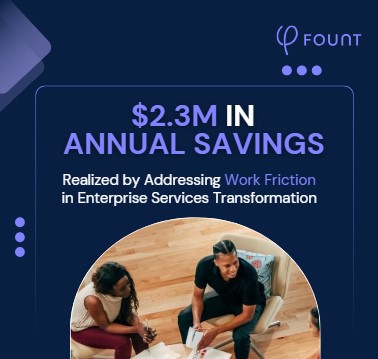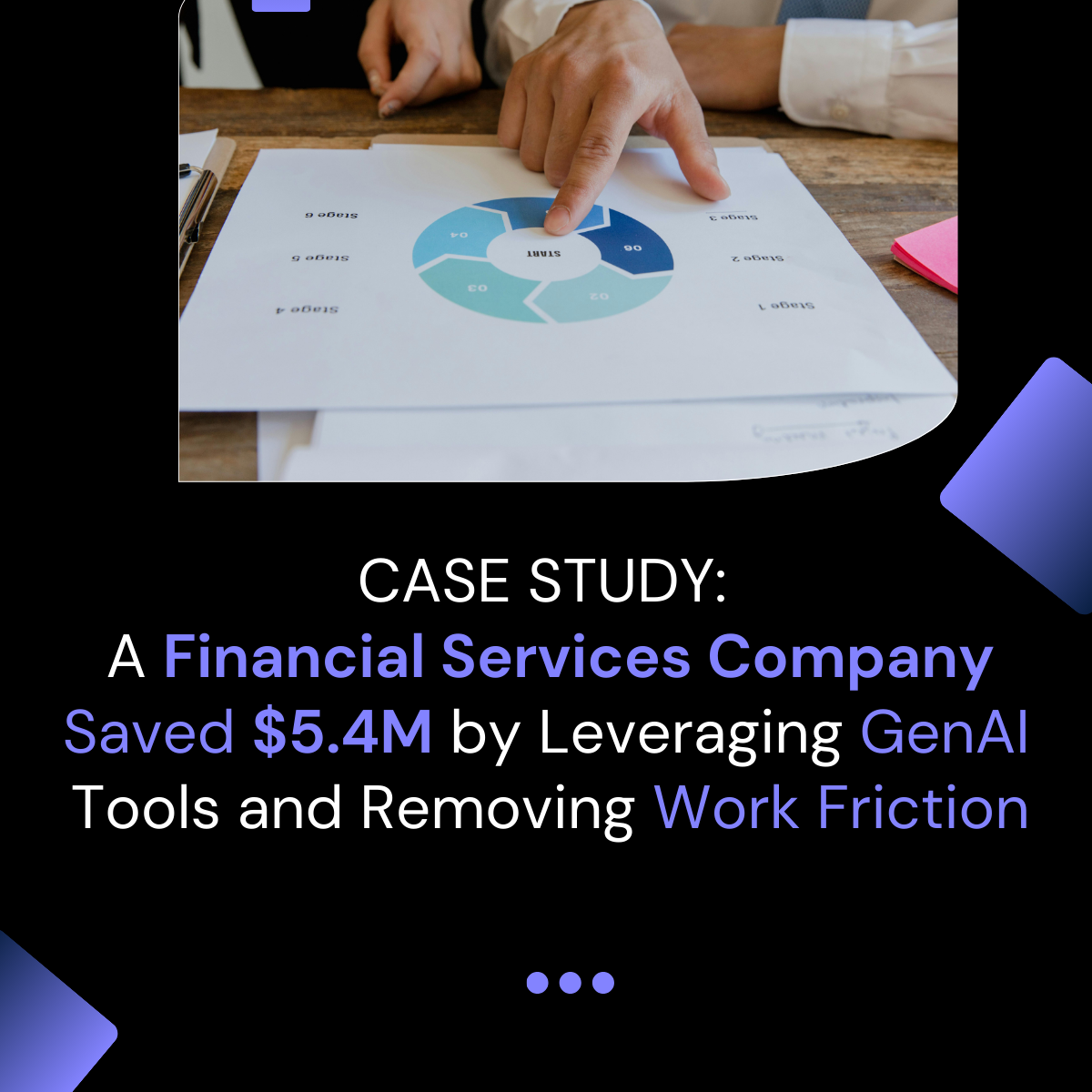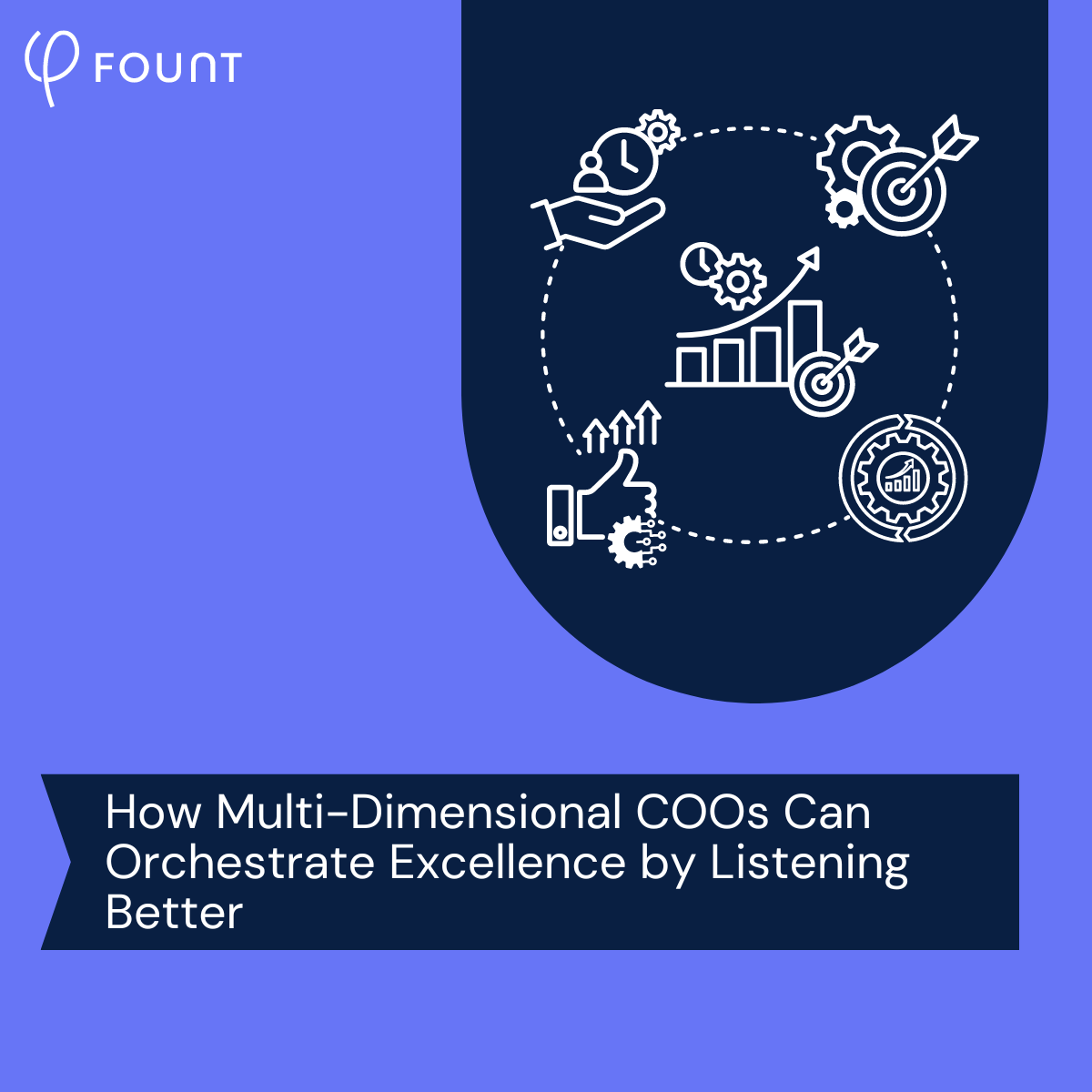INTERVIEW: What’s Wrong with People Data?
A summary of the details of the article will go here.
David Green’s interview of Jennifer Sigler originally appeared on myHRfuture, an Insight222 brand and learning experience platform for HR professionals looking to invest in their careers. Read the article on myHRfuture.com
In a recent report by TI People and FOUNT Global, Inc, “The Big, Bad State of EX”, 70% of the respondents reported that their organisation’s Employee Experience (EX) data is inadequate for their needs. Another finding was that HR professionals take too much responsibility for EX, with 76% of EX professionals responding to the survey saying they are primarily accountable for the quality of EX at their organisations, while business leaders and managers are the #1 influencers of EX in their company.
I was delighted to sit down recently with Jennifer Sigler, FOUNT’s Head of Research and the author of The Big, Bad State of EX report, for a discussion on the issues identified in the study in relation to people data for this executive article.
Jennifer explains that the inadequate data problem is rooted in a love of “big stuff”, including enterprise-wide surveys on broad topics, infrastructure-building within HR, and giant strategies that take forever to finalise, and that people analytics and HR professionals need to take a smaller, more agile approach to EX improvement to make more progress, faster.
People analytics teams have tons of people data, but the problem is that it is not always useful data. I discuss the topic in more detail with Jennifer below, enjoy!
Jennifer, you published the provocatively titled “Big, Bad State of EX” report back in November, replete with adorable social tiles of Little Red Riding Hood. What’s so big and bad about the state of employee experience?

Two things mainly: HR is using data that isn’t really suited to improving EX, and they’re taking too much responsibility for EX.
So, for example, 70% of respondents reported that their organisation’s EX data is inadequate for their needs. And that wasn’t just HR or EX professionals saying that. That 70% includes respondents from outside of HR, like line of business leaders and executives.
On the responsibility front, 76% of EX professionals responding to the survey said they’re primarily accountable for the quality of EX at their companies. Yet when we asked all respondents who the #1 influencer of EX is organisation-wide, everybody agreed it’s business leaders and managers—including the business leaders and managers themselves. So, it’s a bit of a problem those groups don’t bear much responsibility for the quality of EX, don’t you think?
The title’s really a play on words, though, because when you dig down into these two issues, what you find is that they’re both rooted in a love of big stuff: enterprise-wide surveys on very broad topics like engagement and wellness, infrastructure-building within huge silos (especially HR), giant strategies and plans and alignment documents that take forever to finalise, prioritisation of only those projects that’ll impact every employee, and so on. And that’s bad, because at FOUNT, we’ve found that people who take a smaller, more agile approach to EX improvement actually make more progress, faster.
Can we zoom in on the people data for a moment. Why do 70% of respondents feel it’s inadequate?
Well, it’s not just people data, first of all. The #1 challenge reported across respondents (so again, EX leaders, HR leaders, and business leaders) was measuring the business/financial impact of EX improvements. So yes, people data is a problem, but arguably, an even bigger problem is that people data hasn’t been linked up with business/financial data in a way that allows HR teams to track the impact of their improvement initiatives beyond individual employees to the business. Fully 85% of respondents said their organisations struggle with this.
And if you bear with me just a moment longer—I swear I’ll get to people data in just a sec—I want to point out a possible idea for connecting the people and business/financial dots. When we asked EX professionals who their most important, most helpful, and most frequent partners in the business were, guess who came in last on all three of those measures?
I presume it wasn’t business leaders?
No, they came in most important, fourth most helpful, and fourth most frequent. There’s a whole different story just in that finding. I suppose the question is a little unfair, because you have to know who was on our list to guess who came in last. If I told you the list, you’d surely guess it.
Anyway, it was Finance—you know, the people in the organisation who know how to track money better than anybody. We don’t partner with them. We don’t even consider them important. Is it any wonder, then, that we struggle to connect people data to business/financial data?
Good point. In Excellence in People Analytics, Jonathan and I describe how important it is for people analytics teams to work closely with their Finance counterparts, but in our experience this is still the exception not the norm. So, 70% of survey respondents feel their EX data is inadequate because they don’t have enough data.
Not quite. When it comes to business/financial data, they don’t have enough. At least in the sense that they don’t use what the organisation has available to measure the impact of people initiatives. They don’t connect those dots.
But when it comes to people data, they have TONS of it. 92% of HR leaders said they run employee surveys, and nearly all of those run them at least once a year: 17% run them twice a year, 6% once per quarter, and 14% more often than that. And 71% of respondents also use employee interviews and focus groups. 53% enable employee-initiated feedback via email, chat, phone, and so on. And 45% have on-demand feedback forms built into product/service interfaces.
So, the problem is most definitely NOT that they have insufficient people data. I know HR and other shared services functions frequently complain that they can’t run more surveys because they need more input, but all the employees have survey fatigue (the clear solution to that is random sampling—it’s magical, folks). The truth, though, is that most HR teams are wallowing in data. It’s just not useful data.
We’re back to why data is inadequate for their needs…
Right. You see, the type of data makes a difference. With business/financial data, they need to go get it in the first place and figure out how to connect it to people data. But with people data itself, they need to “zoom in”, as we say.
Think about it: When you run a standard engagement survey, what are you asking people? Hold on, let me open a file here and I’ll read you some actual questions from widely used engagement surveys… Ok: “I feel a sense of accomplishment at work.” “I would recommend my employer to friends and family.” “I know what’s expected of me at work.” “I see myself still working at [company] in two years’ time.” And so on.
What do you get out of those questions? Usually, People Analytics gives you a percentage of employees who responded above/below some agreed-upon threshold. Maybe they even run some correlational analyses to figure out which employee segments score higher/lower. So, we get a sense of how people feel about accomplishment, recommending, expectations, and leaving—but we still have no idea why some employees feel a sense of accomplishment and others don’t, why they’d recommend their employer or not, why they do or don’t know what’s expected of them, or why they’re thinking of staying or leaving. And if we don’t know why, what exactly can we do about it?
We can go dig further, interview some employees or run another more-focused survey on a specific topic or with a specific employee segment and find out. But that’s a lot more work so it’s not normally what happens. Normally HR just assumes it knows what the problem is, or it asks managers what the problem is, and then it develops some kind of improvement top-down and inflicts it on employees. Maybe it helps, maybe it doesn’t. We won’t know until the next round of survey data comes in—and even then, because of the lack of specificity in the survey questions, we won’t be able to say with certitude that it’s the change we made that made a difference.
That’s why, even though the #1 challenge our respondents faced was measuring the business/financial impact of EX improvements, they didn’t exactly find measuring the impact of any improvements that were implemented for employees easy either. That was their #4 challenge, after cross-silo coordination stuff. In other words, 65% of respondents said they can’t even usefully measure the stuff it is People Analytics’ job to measure.
And that’s because of the altitude of people data. It needs to zoom in.
That makes a lot of sense. When it comes to business/financial data, we don’t have enough and we don’t connect it to our people data. But when it comes to people data, we actually need a different kind of data, data that gets at the why of the other questions. And I think what you’re saying is, if we can get those two things sorted, we’ll be able to improve EX much more effectively and efficiently. Yes?
Well… Maybe. [laughs] Remember that HR, EX, and business leaders all agree that the #1 influencer of EX is not HR. It’s business leaders and managers. That belief tallies with our experience at FOUNT. I mean, we have about 3.6 million employee datapoints at that zoomed-in level in our platform right now, so I can tell you: a lot of the problems aren’t owned by HR. But remember also how often EX professionals said they collaborate with business leaders: fourth most often, after three other HR functions. Given everyone acknowledges business leaders are their most important partner, that’s indicative of an HR silo.
You have to ask yourself, though, why are business leaders first in importance but fourth in partnership frequency and helpfulness? Other questions we asked suggest a possible answer. For example, it was business leader respondents to our survey who were least satisfied with people data, so that zoomed-out thing—and the lack of a tie to business/financial metrics—appears to bother them more than it does HR or EX teams. Business leaders also showed signs of preferring different ways of working than HR or EX: They were more likely to want smaller, focused, local improvements, not the enterprise-wide stuff HR usually prioritises.
But we think there’s a two-pronged problem here: On one hand, yes, HR is typically collecting data and otherwise working in ways that don’t meet the needs of the people who have the most impact on EX, so naturally those people are hesitant to collaborate closely. On the other hand, though, we also saw indications that business leaders may view EX as “HR’s job”, not as their job. Like that point about 76% of respondent organisations placing primary responsibility for EX on the EX or HR team, not on business leaders. Or the fact that fully 90% of EX professionals told us their EX improvement projects are most often initiated by the EX/HR team, not the business. Or that 72% said that on EX improvements, the EX/HR team usually owns or leads, rather than supports or enables business leaders.
I could go on, but the point is: If business leaders have the most impact on EX, then business leaders need to step up to own EX—and HR needs to facilitate that, both with better data and with more agile, problem/solution-focused ways of working. And probably the first step to getting business leader buy-in to do that is to get them better people data that can show them exactly what their specific teams’ problems are (meaning, the why), and also data that clearly shows them the business/financial impact those problems are having on their bottom lines.
All of that is People Analytics’ job.
Those are some pretty demanding, long-term challenges for any HR or People Analytics team. I mean, to make them responsible for business leader buy-in… that’s not typically done.
Indeed. And to be fair, they wouldn’t be solely responsible for that buy-in. Relationship-building also matters of course, and that’s the job of HRBPs. But HRBPs and others throughout HR need better data to make the case to business leaders to get onboard with owning EX. And that data’s going to come from People Analytics.
Think about it: What drives change in business today? What is every business decision (at least purportedly) based on? Data. So… Data people carry a lot of responsibility. Including in HR.
I see your point. But before people analytics teams run off and rethink their whole data strategy, do you have any evidence that getting zoomed-in people data, tying it to business/financial data, and collaborating closely with business leaders is a more successful way to approach EX improvement?
Of course. [laughs] But not from the survey. I mean, in the survey, we did have people tell us about what we see in lots of organisations, like that when the Great Recession hit, they saw leading indicators of it well in advance, but they were too slow to respond because of buy-in issues, and so they suffered a huge hit that cost them a fortune and took forever to recover from. Of course, as we know, some organisations’ data is so poor they didn’t even see it coming. They’ll be even worse off.
Contrast that with a case study I’m writing now about a distribution warehouse that used what we call “interaction data” (which is basically “zoomed-in” people data) to identify sources of friction in their warehouse workers’ jobs. In one year, they lowered attrition 35%, solving a headcount problem that had been costing them upwards of $1 million/year.
Now, in distribution warehouses, they are super productivity oriented, so using their zoomed-in people data, they were able to track the EX changes they made not just to people outcomes, but to a whole host of business and financial outcomes they track daily, like late truck departures, damaged orders, overtime paid, and so on. They know exactly how much that stuff costs them, so with their people and business/financial dots connected, they can tell you exactly how much difference each EX improvement makes, in cold hard cash.
And you know who led that project? It wasn’t HR. It was the warehouse general manager, with HR supporting him. He sought out the better people data, he tied the people data to the business and financial metrics he was already responsible for, and he led the change initiative. That’s the power of getting this data—and EX ownership—into business leaders’ hands.
Thank you, Jennifer for sharing your insights. Your discussion on how people analytics and HR professionals can make more progress faster was enlightening and insightful. If you’d like to discover more about FOUNT’s research please click the link here.
Related Resources
See all News
Guest Post
3 Signs Your GBS Is Creating Friction Instead of Flow (And How to Fix It)

FOUNT News
June Newsletter: Friction is Killing Your AI ROI.
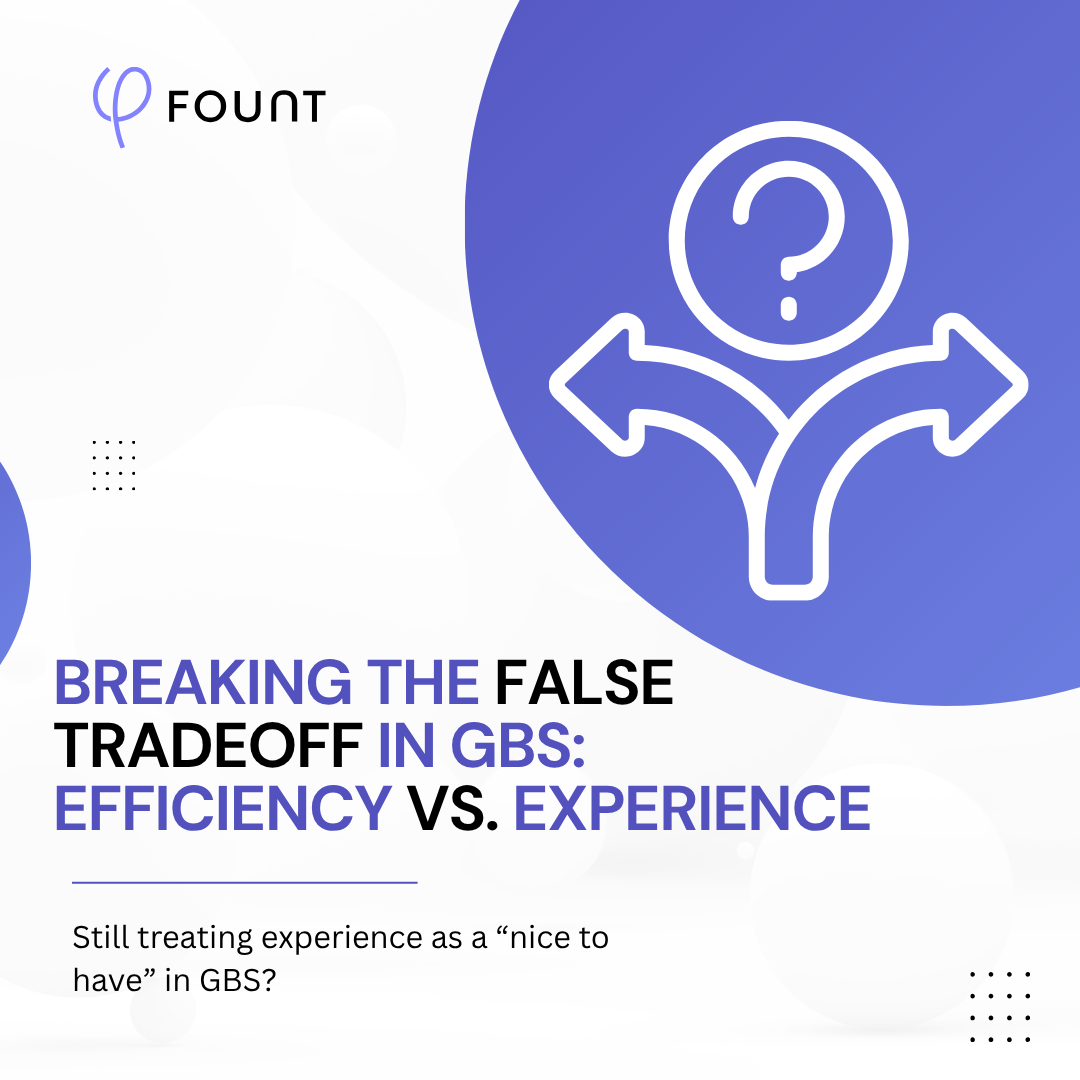
Insights
Breaking the False Tradeoff in GBS: Efficiency vs. Experience

Events
LIVE Webinar – July 9th for SSON Network. Beyond AI Hype: How to De-Risk Your GBS Transformation with Friction Data
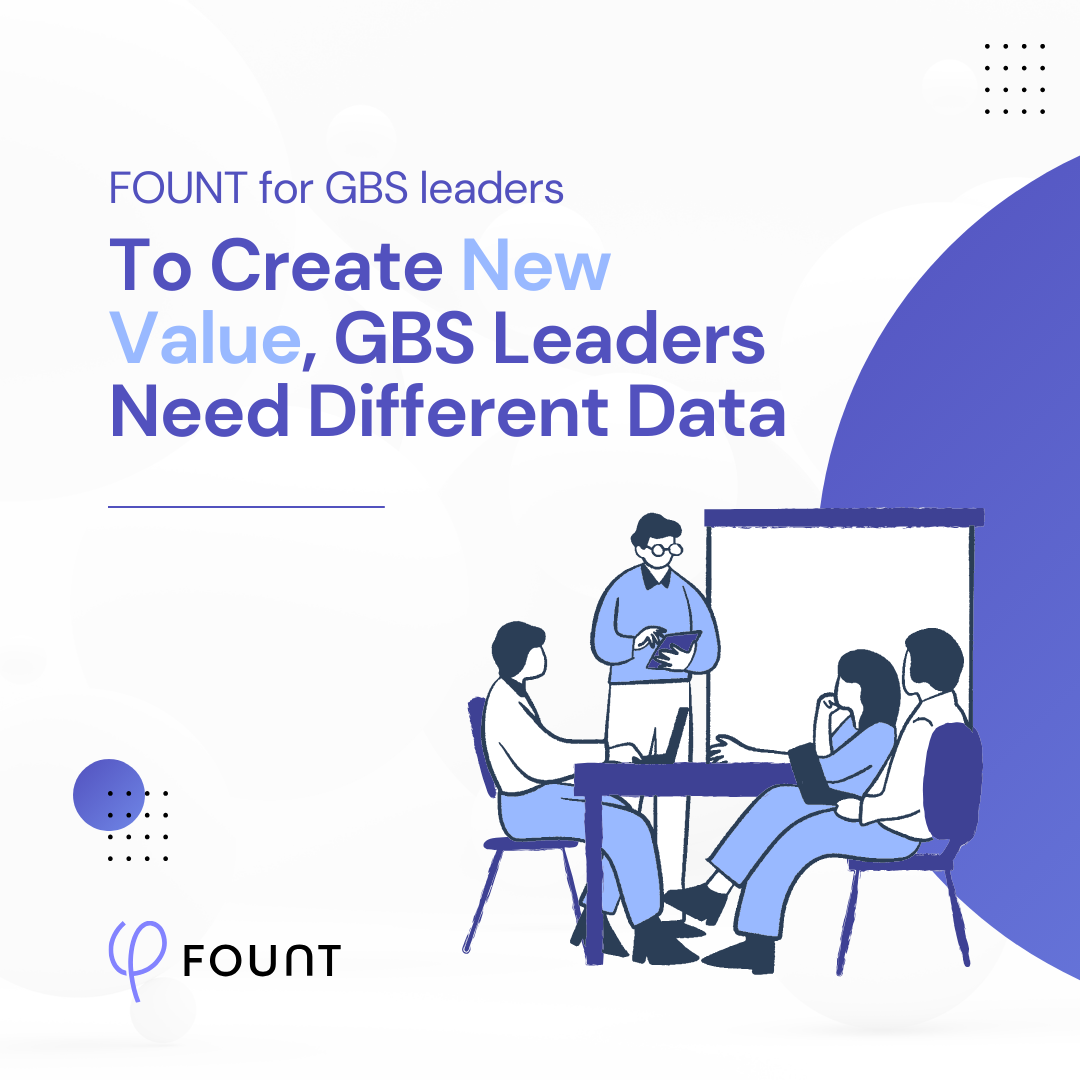
Insights
To Create New Value, GBS Leaders Need Different Data

Insights
How to Keep Up with the Latest AI Developments
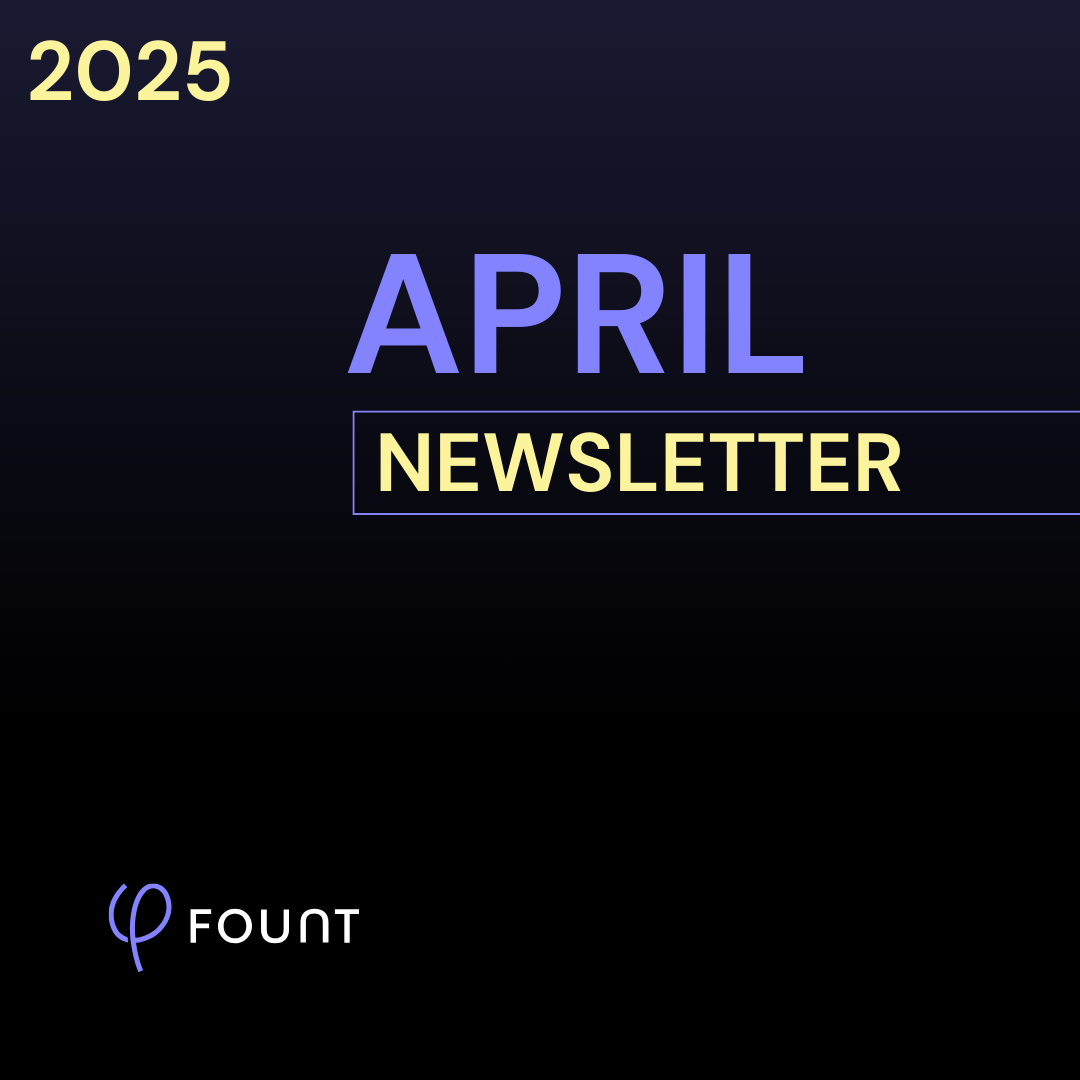
Insights
APRIL Newsletter. Friction: You Can’t Improve What You Can’t See

Guest Post
AI is Reshaping the HR Operating Model: Here’s What 15 Leading Companies Discovered
